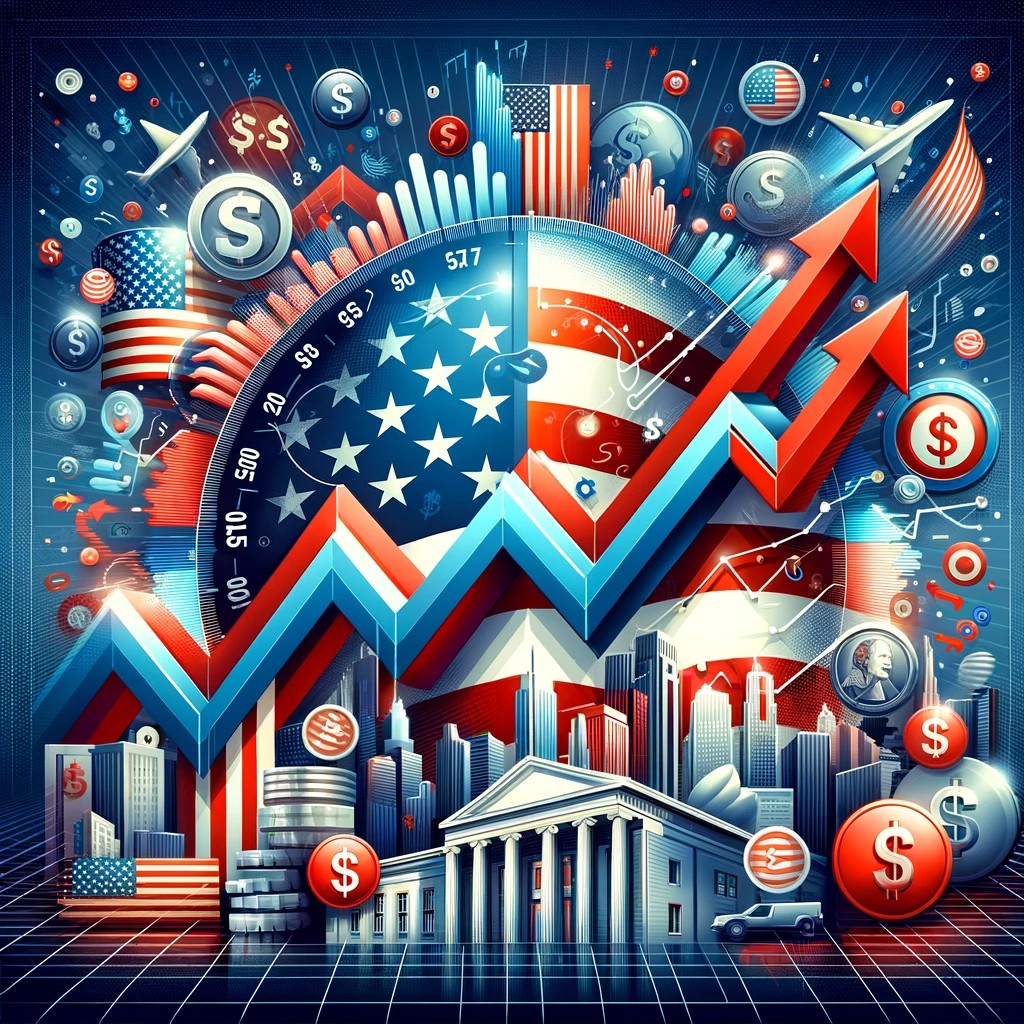As the calendar page flips, the eyes of the financial world are intently fixed on the U.S. inflation numbers for December. These figures aren’t just numbers on a page; they’re the pulse of the economy, dictating the Federal Reserve’s next move and shaping the financial landscape.
Navigating the U.S. Economic Waters
In the intricate dance of economic indicators, December’s headline inflation figures are more than a mere statistic; they’re a beacon in the murky waters of financial forecasting. The Bureau of Labor Statistics’ report is anticipated to reveal a slight uptick in headline inflation, climbing to 3.2% from November’s 3.1%. This marginal rise, presumably fueled by escalating energy costs, isn’t just a number—it’s a signal, a whisper of the economic winds that could sway the Federal Reserve’s strategies.
Core inflation, the more stable cousin that excludes the unpredictable food and energy sectors, is projected to show a deceleration to 3.8% from 4%. This is where the plot thickens; a decrease in core inflation is akin to a suspenseful twist in an economic thriller. It’s not just good news; it’s a narrative shift, indicating a gradual but tangible movement towards the Fed’s 2% inflation target.
The Plot Thickens
But the story of U.S. inflation is far from over. The broader picture, a mosaic of economic indicators, suggests a more complex narrative. The consumer price index, minus the volatile food and energy components, is expected to have increased by 3.8%. This figure isn’t just a statistic; it’s a testament to the Federal Reserve’s efforts in taming the inflationary dragon that had reared its head most fiercely in 2022.
The December data, however, is more than a mere chapter in the saga of U.S. inflation. It’s a reflection of a resilient economy, one that’s navigating the choppy waters of monetary policy and global uncertainty. The U.S. central bank’s stance, a delicate balance between curbing inflation and fostering growth, is not just a policy—it’s a high-wire act of economic acumen.
But let’s not kid ourselves—while these numbers paint a picture of progress, they also underscore the reality that we’re not out of the woods yet. The headline inflation rate, though showing signs of easing, is still above the Fed’s comfort zone. This isn’t just an economic challenge; it’s a test of the central bank’s resolve and the market’s patience.
The U.S. inflation story is a complex tapestry, woven with threads of economic data, policy decisions, and market reactions. It’s a narrative that’s as much about the numbers as it is about the nuances—a tale of an economy in transition, a central bank on a tightrope, and a market watching, waiting, and wondering what the next chapter holds. The December inflation figures are more than just numbers; they’re the latest installment in an ongoing economic epic, one where the stakes are high, and the outcome is anything but certain.
From Zero to Web3 Pro: Your 90-Day Career Launch Plan
